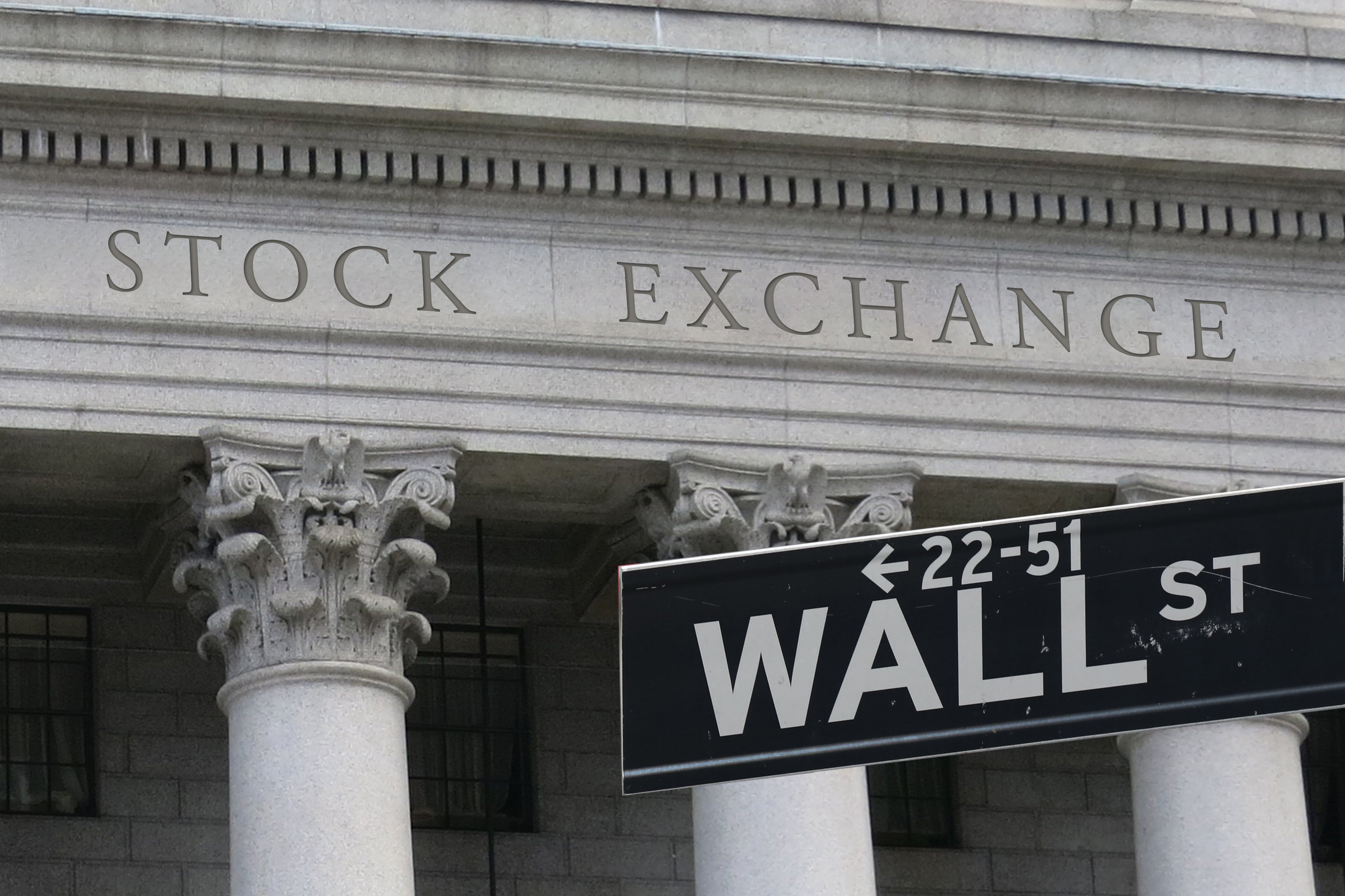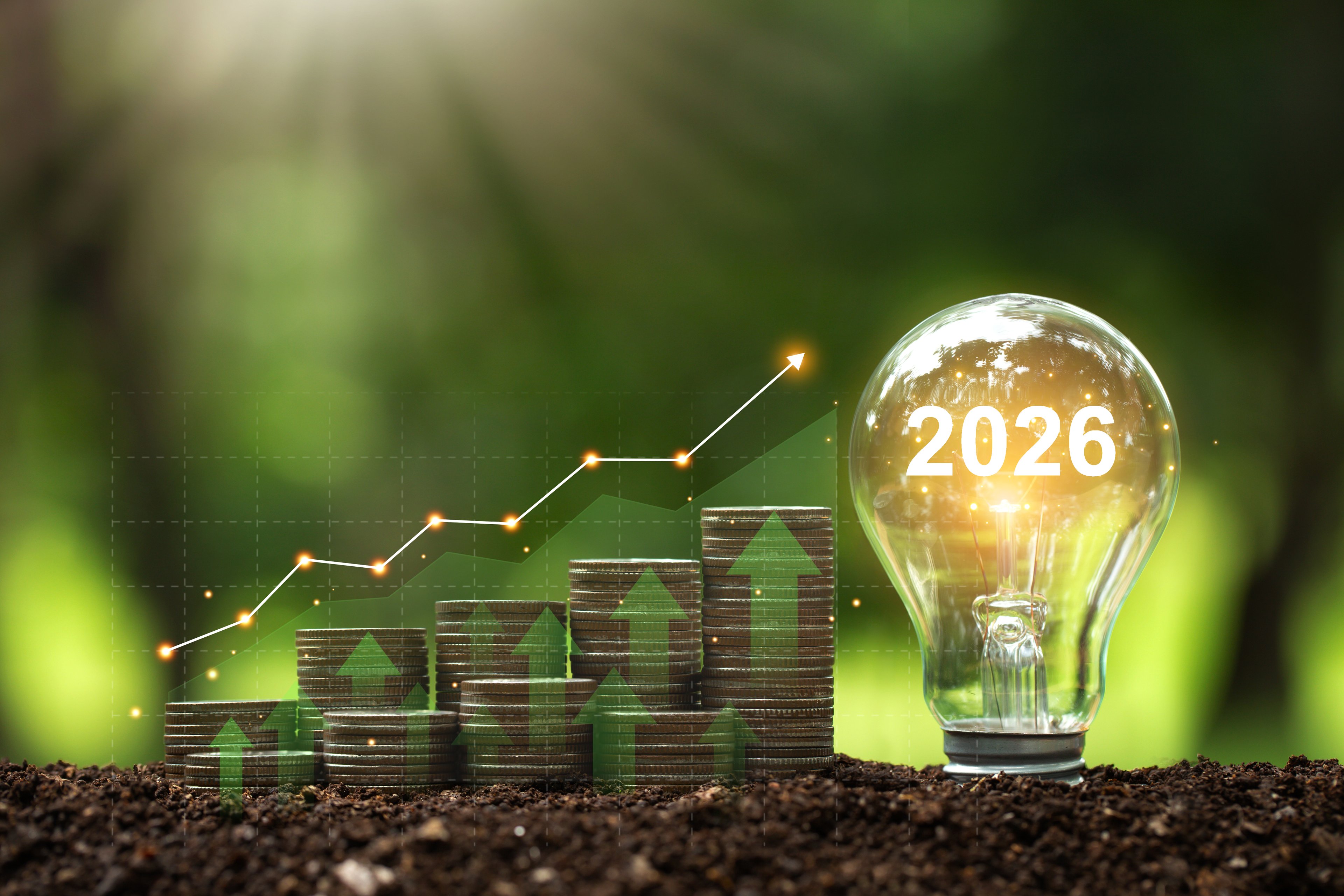While much of the attention around artificial intelligence, machine learning, cloud computing, and blockchain has gone toward new, exciting start-ups, it actually may be large incumbents in traditional industries that stand to benefit the most. That's because large companies have both the financial resources and the technical expertise to develop leading tools themselves and the ability to buy start-ups and acquire these skills.
Once they do, large-scale companies can reap extremely potent efficiencies. As existing tasks become automated, huge internal departments can be eliminated or streamlined. Large incumbents also tend to have the most data, and as IBM CEO Ginni Rometty once said, big data is the "world's natural resource for the next century."
The U.S. bank with industry-leading scale is JPMorgan & Chase (JPM +1.34%), and under CEO Jamie Dimon, the company has been rapidly innovating to meet tomorrow's banking needs. In fact, JPMorgan has forecast spending a whopping $11.5 billion on technology this year -- much more than any fintech start-up could afford.
While the core of JPMorgan's operations in consumer and business lending, sales and trading, and investment banking might not change much going forward, the processes by which those tasks are executed will change by leaps and bounds, all for the benefit of JPMorgan's profitability and shareholders.
Here's how these new tech investments should pay off big for JPMorgan over the next few years.

Image source: Getty Images.
Cloud, AI, machine learning yield extreme efficiencies
The always-frank Dimon actually made a startling admission in JPMorgan's recent annual report, namely that JPMorgan has been too slow to embrace cloud computing, a sin for which Dimon put the blame solely on himself.
While Dimon initially thought that JPMorgan could run its own data centers as efficiently as the cloud vendors could, he said that he underestimated the additional benefits of cloud beyond the mere costs savings. These include:
- Massive scalability and elasticity
- Much more rapid time to market in software development and experimentation
- Increased access to new AI, big data, and machine learning capabilities beyond what even JPMorgan could develop on its own
- The ability of smaller tech teams to do more, reducing the need for additional headcount
JPMorgan is just scratching the surface of the benefits it can reap from AI and machine learning, yet these tools already brought impressive results across several of the bank's business units last year.
For instance, in the bank's equities sales and trading segment, JPMorgan's new DeepX machine learning helps the company's traders to execute better trades for clients. The bank's internal help desks have also used AI to more quickly and efficiently track down errors. And AI and machine learning are currently helping customize products for JPMorgan customers at its consumer bank based on cardholders' buying patterns and transaction data.
Most importantly, artificial intelligence can help JPMorgan improve the core tasks of banking: underwriting loans and eliminating fraud. According to Dimon, JPMorgan believes AI will be able to help the bank say "yes" to more mortgages and loans to customers that may have traditionally had difficulty getting approved, especially in minority or underprivileged communities.
In addition to better underwriting capabilities, AI has already helped JPMorgan detect fraud on check and card transactions. Last year, the bank estimates AI enabled it to approve about a million point-of-sale transactions that would have otherwise been turned down while also declining about a million more fraudulent transactions that would have previously been approved. All told, this amounted to about $150 million of cost savings, a significant amount, even for a bank of JPMorgan's size.
Building a tech ecosystem
All of these innovations have the potential to significantly drive down costs for JPMorgan, and it's likely the company will pass on some of those savings to customers in exchange for increased loyalty. We can already see the seeds of the emerging JPMorgan "ecosystem" in some newer products and services.
For instance, the company spent hundreds of millions of dollars on You Invest, its new wealth management platform geared toward budget-conscious millennials. You Invest offers 100 free trades and then a very low $2.95 per trade thereafter, on par with the lowest online brokerages. JPMorgan checking account holders also may qualify for more free trades. In addition, You Invest Portfolios offers a robo-advisor with JP Morgan-selected portfolios for a fee of just 35 basis points.
JP Morgan has also incorporated many features from Finn, the millennial-focused, branchless banking brand that JPMorgan shut down earlier this year, and plugged them into the core JPMorgan platform, making the bank's core brand more closely resemble rival fintech upstarts. Such features include free FICO score monitoring, My Chase Offers rewards that give JPMorgan cardholders big discounts at merchants that also use JPMorgan merchant services, and the ability to open an account automatically from your phone without even visiting a branch.
The more things change...
In five years, investors can still expect more of the same from JPMorgan: leading market share in credit cards, investment banking revenue, and increasing share in other segments such as merchant services. However, with leading market shares and treasure troves of data, the bank should be able to deliver much more automation, massively lowering costs and increasing speed.
Though some are currently worried about interest rates and the shape of the yield curve, JPMorgan's heavy tech investments should lead to continued customer growth, increased loyalty, and more efficiency, bolstering the bank's profitability in the years ahead regardless of what interest rates do. The magnitude of these cost- and time-saving innovations is why I think JPMorgan's stock, along those of other large banks, is a good bet to be much higher five years from now, no matter what happens with rates and the broader economy.







